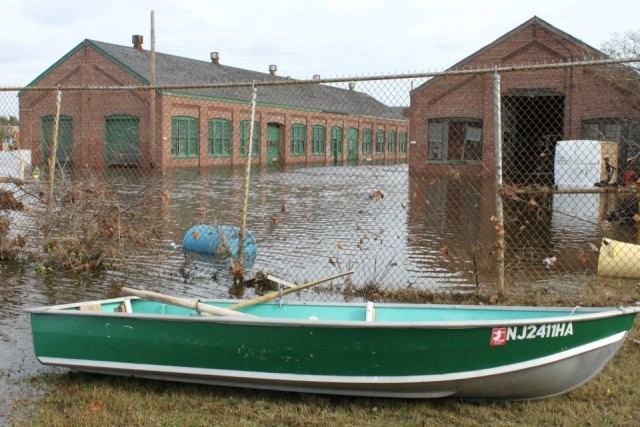
NPS PHOTO Climate change has many symptoms According to the Environmental Protection Agency, climate change is "any significant change in the measures of climate lasting for an extended period of time." These changes are being observed in the present day and can affect weather patterns, such as rainfall amounts or temperature differences, storm systems and weather events such as droughts and floods. Phenomenae such as rising level sea levels are also attributed to climate change as temperature fluctuations melt glaciers, and an increasing number of severe storms erode shorelines. How do we know that climate change is happening? The science is increasingly clear that climate change is real. National Park Service scientists contribute to this data as we record changes at our own parks. The image shows data culled from a tide gauge near Sandy Hook, New Jersey. It shows that since 1930, the average sea level has risen by a full foot. Though there have been some periods of time in which the average sea level would decrease, the trend over the past 80 years is clearly one of increase. It is expected that seas will rise another meter (approximately three feet) in the next 100-150 years. But we cannot wait. Gateway is one of the parks that is involved with making changes now. 
NOAA; Rutgers University The image below presents data about changes in annual global temperature from the National Climate Data Center (NCDC). The years range from 1880 to 2010. Like the previous graph, it shows periods of time with a decreasing difference in average temperature, yet the overall trend is one of increasing temperature. The earth is warming and sea levels are rising, thus the climate is changing. But what happens as a result of such changes is not as clear. 
NCDC; Rutgers University |
Last updated: January 27, 2021
